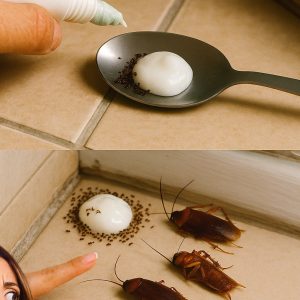
Some diners tend to avoid chicken feet, mainly because of their appearance. However, your body would actually thank you for eating them — they’re an excellent source of nutrients and protein essential for your body’s proper functioning.
Chicken feet are made up of connective tissue, cartilage, tendons, and bones — all of which provide the body with valuable vitamins and minerals. Here’s a breakdown of their main nutritional benefits:
- Protein: 14 g
- Fat: 10 g
- Carbohydrates: 0.14 g
- Collagen: 70%
- Calcium: 5% of the daily recommended amount
- Vitamin A: 2% of the daily recommended amount
- Phosphorus: 5% of the daily recommended amount
- Folate (Vitamin B9): 15% of the daily recommended amount
The Benefits of Chicken Feet
For the Skin
Chicken feet are an excellent source of collagen — in fact, they contain four times more than gelatin. Consuming them offers significant benefits for skin health:
- Increases skin elasticity and firmness, helping reduce wrinkles.
- Aids in repairing skin damage and improves wound healing.
- Nourishes and strengthens cartilage, which connects bones, ligaments, and muscles.
- Helps strengthen nails.

Aids Digestion
The gelatin obtained from chicken feet broth is considered a hydrophilic colloid, which helps improve digestion by retaining digestive juices needed for the intestines to function properly.
Joint Pain Relief
Joint pain is one of the most common problems associated with aging, often due to collagen deficiency. Eating chicken feet provides your body with a high dose of this essential protein, which may even help combat arthritis.
Lung Health
Chicken feet contain cystine, an amino acid that helps thin mucus in the lungs, making it less sticky and easier to expel. This makes chicken feet a great natural remedy for respiratory problems.
A Healthy Recipe
In times of illness or when viruses are spreading, chicken feet make a nourishing addition to soups, stews, or marinades. Here are two easy recipe ideas:
Chicken Feet Soup
To prepare it:
- Boil the chicken feet in hot water for a few minutes.
- Trim off the nails, remove any black calluses, and place them in a pot.
- Add one chopped celery stalk, three bay leaves, two sliced carrots, one halved green bell pepper, and three whole garlic cloves.
- Simmer on low heat, covered, for about 3 hours.
- After 1.5 hours, add two chicken bouillon cubes.
- Finally, 30 minutes before serving, stir in one tablespoon of parsley, some pasta, or four tablespoons of rice.

Stewed Chicken Feet
- Clean the chicken feet, remove the skin and nails, and soak them in warm water for 15 minutes.
- Then, cook them over low heat for 12 minutes with two diced potatoes and two chopped carrots.
- Meanwhile, blend one onion, three tomatoes, six small peppers, one spring onion, one celery stalk, one leek, and two tablespoons of oil.
- Pour the sauce into the pot, season to taste, and cook for another 15 minutes.
Rich in protein, collagen, and key nutrients, chicken feet are more than just a traditional dish — they’re a wholesome, restorative food that supports your skin, joints, and digestion.




